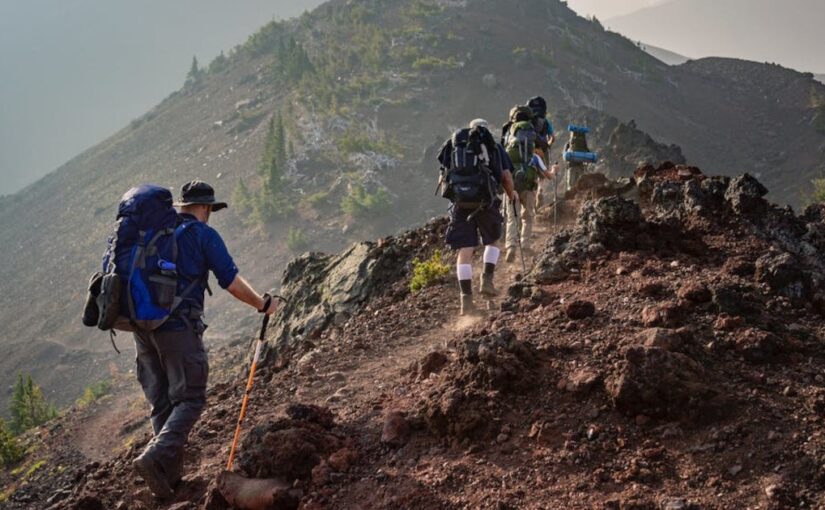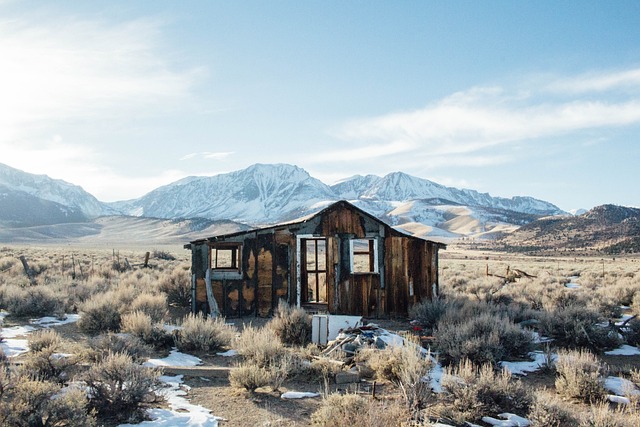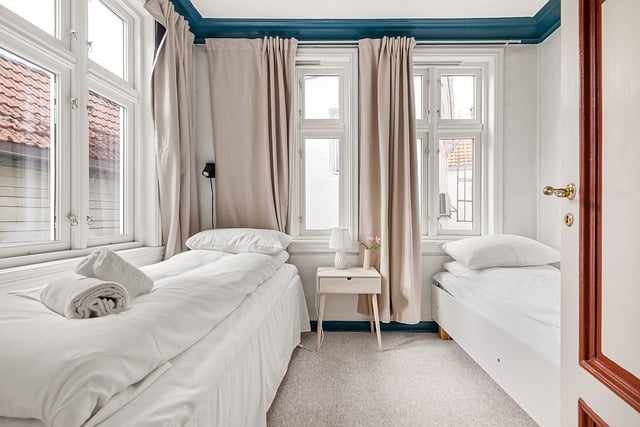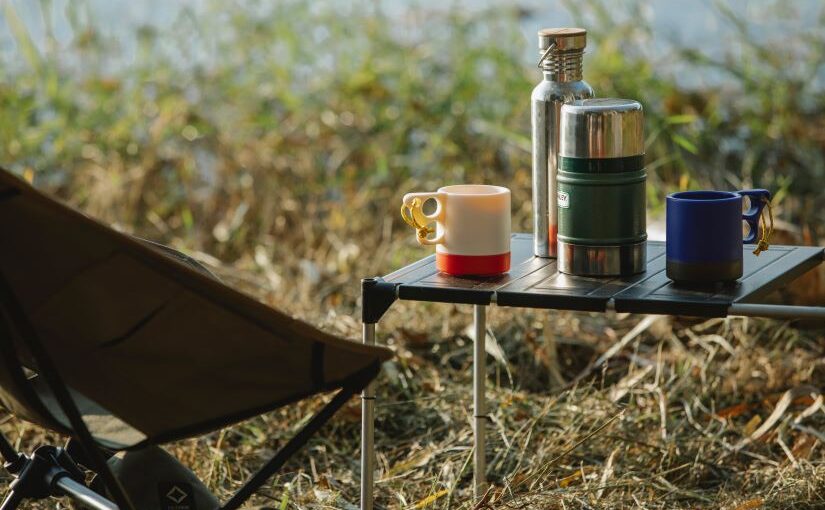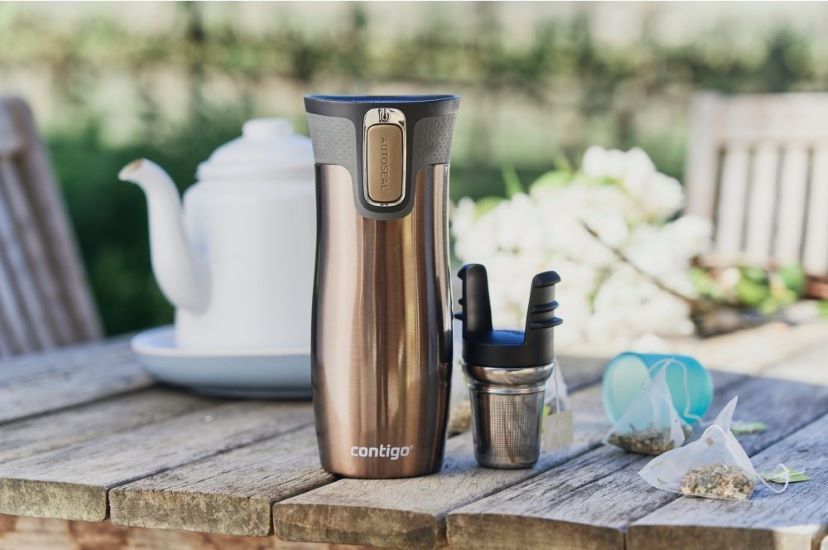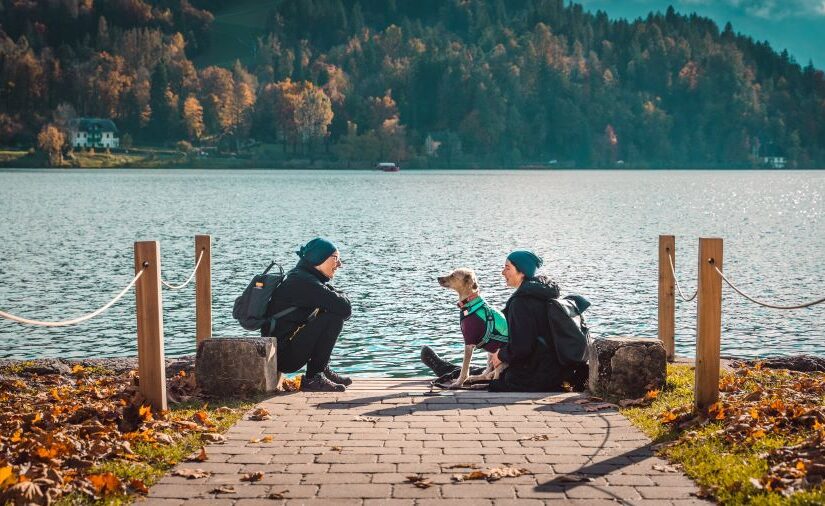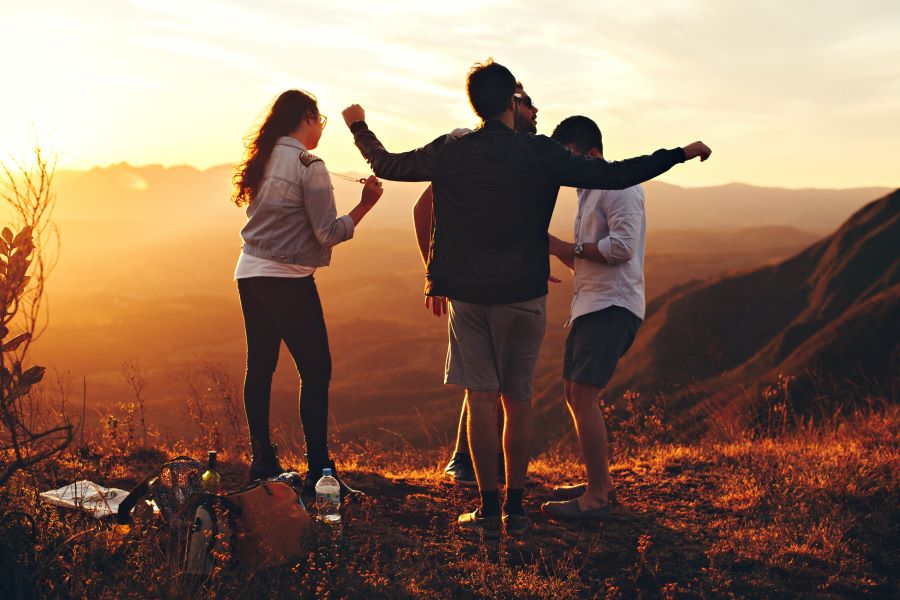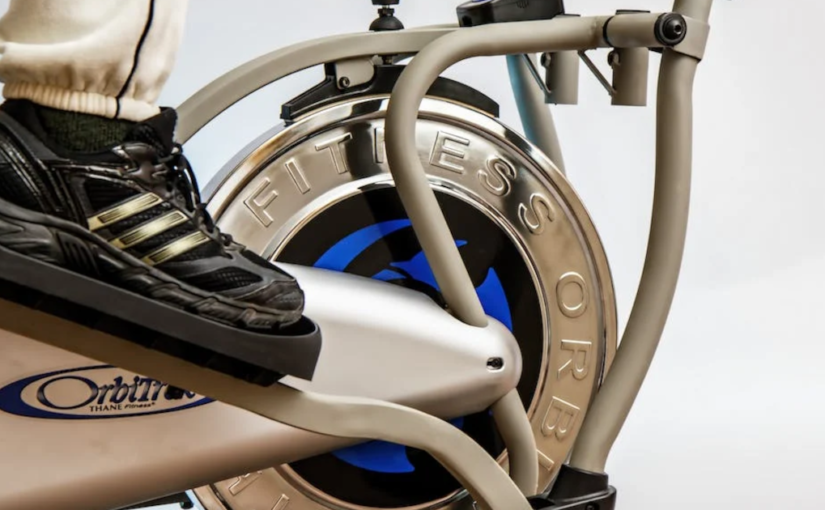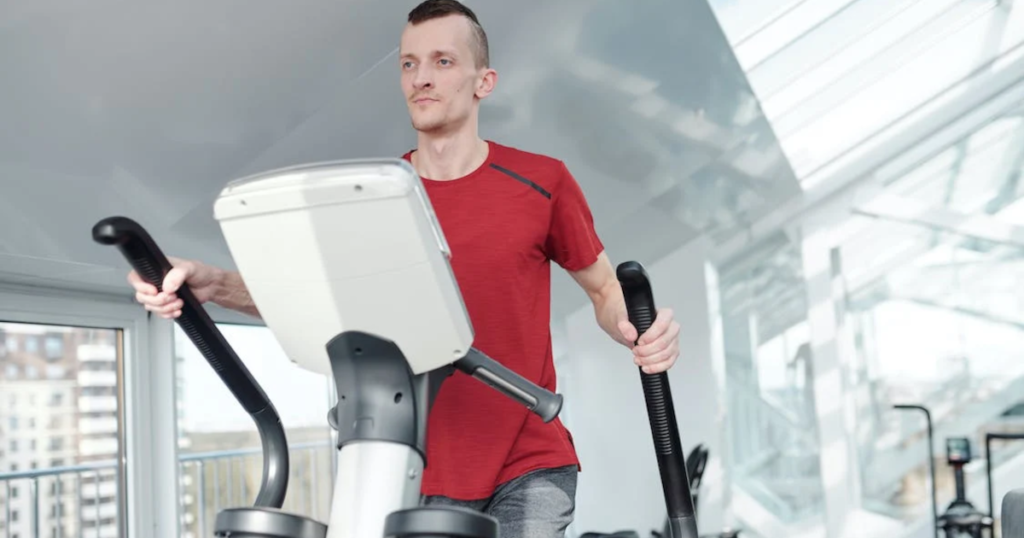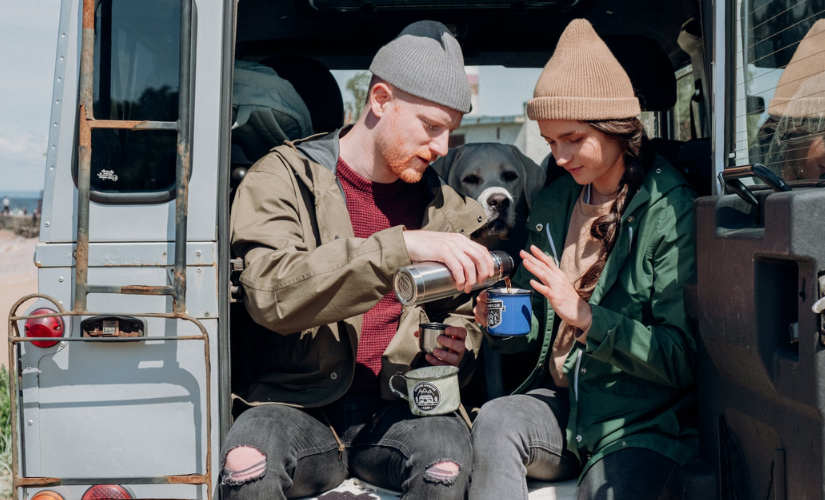Welcome to explorers.lv, the hub for adventurers big and small! Today, we delve into a crucial aspect of hiking – staying hydrated safely. Whether you’re scaling mountains or traversing dense forests, understanding how to maintain optimal hydration is key to enjoying your adventures to the fullest. This article is packed with tips, technical insights, and the latest trends to keep you well-informed and ready for your next journey.
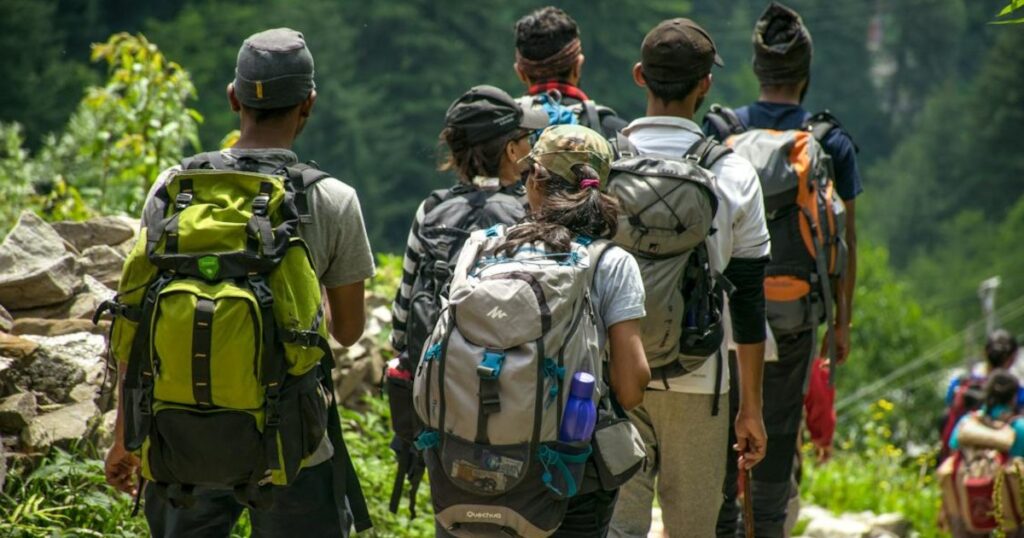
The importance of hydration on the trail
When you’re out hiking, your body loses fluids rapidly through sweat and exertion. Staying hydrated isn’t just about quenching thirst; it’s essential for maintaining energy levels, ensuring proper body function, and preventing heat-related illnesses. But it’s more complex than drinking water from any source you find. Let’s explore how to do it right.
Choosing the right water purification method
One of the biggest challenges hikers face is ensuring their water source is safe. Untreated water can harbor bacteria, viruses, and parasites, leading to waterborne illnesses. That is where water purification comes into play. Learn more about water purification methods, from filters to chemical treatments, and how to choose the best one for your environment.
Mountain water sources:
- Perceived purity vs. reality: Water in mountainous regions often appears crystal clear and pristine. However, it can still be contaminated with microorganisms like Giardia or bacteria from wildlife feces, which are not visible to the naked eye.
- Common contaminants: Contaminants in mountain water sources can include bacteria (like E. coli), viruses, and protozoa. These can cause illnesses such as diarrhea and gastrointestinal infections.
- Water collection tips: When collecting water in the mountains, it’s safer to use sources like fast-flowing streams or springs, as stagnant water is more likely to harbor contaminants. However, even flowing water should be purified.
Forest water sources:
- Varied pollution sources: In forests, water sources like rivers and streams may be more susceptible to various pollutants. These include agricultural runoff, animal waste, and human contamination from nearby campsites or trails.
- Risk of chemical contaminants: In addition to biological contaminants, forest water sources may also contain chemical pollutants like pesticides or heavy metals, especially in areas near agricultural or industrial activities.
- Purification necessity: The diverse range of potential contaminants in forest water sources makes purification not just a recommendation, but a necessity. In some cases, standard filters might not be sufficient, and additional purification methods (like activated charcoal filters or chemical treatments) might be required.
In both environments, hikers should only assume that natural water sources are safe to drink with proper treatment. The use of a reliable water filter or purification method is crucial. This section aims to raise awareness among hikers about the potential risks associated with natural water sources in different environments and the importance of being prepared with appropriate water treatment solutions.
Hydration gear what you need to know
Hydration gear is more than just carrying water; it’s about ensuring that every sip contributes positively to your hiking experience. Different environments call for different hydration strategies, from the high peaks where the air is thin, to the dense forests where the canopy shields the sky.
The right gear can mean the difference between a hike that’s memorable for all the right reasons and one that’s remembered for challenges and discomforts.
While carrying water is essential, the right container makes a difference. A good travel mug for hiking should be lightweight, insulated, and durable. We’ll discuss the best options for different hike lengths and climates.
Hydration Packs vs. Bottles:
- Hydration packs offer convenience and larger capacity, ideal for longer treks.
- Bottles are more suitable for short hikes or as a backup water source.
The trend in sustainable hydration
Sustainability is a growing trend among hikers. This section explores how using refillable containers and eco-friendly purification methods keeps you hydrated and protects the environment you’re exploring.
Staying hydrated, the technical side
Knowing how much water your body needs during a hike is important. We’ll delve into the science behind hydration, including how to calculate your personal water requirement based on factors like climate, exertion level, and body weight.
The Role of Electrolytes:
Electrolytes are crucial for hydration. This section covers their importance and how to replenish them effectively during long hikes. Check out how to take the right mug for a trip.

Conclusion hydrate smartly, explore freely
As explorers.lv enthusiasts, we know the thrill of adventure is best enjoyed when we’re fully prepared. By choosing the right water purification methods, carrying suitable hydration gear, and understanding our body’s needs, we can safely and sustainably enjoy the beauty of the great outdoors. Remember, every sip counts towards a successful and enjoyable hike. Stay hydrated, stay safe, and keep exploring! Also check out why hot air balloon is a great adventure.

Sveicināti, čeļotāji!
Mani sauc Toms, esmu liels ceļotāju piekritējs. Katrā atvaļinājumā ceņšos saplānot kādu ceļojumu, un apceļot vietas, ko vēl neesmu redzējis. Ja, arī esi liels ceļotājs, seko līdzi blogam!

